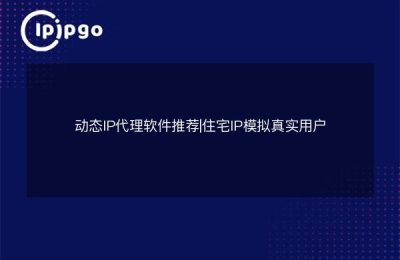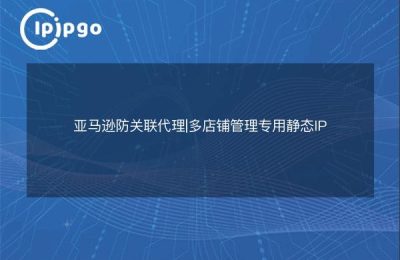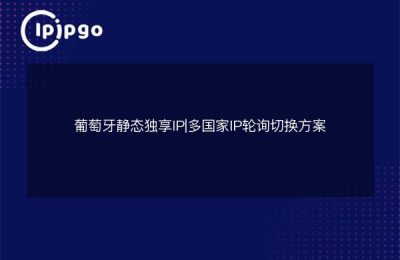
What exactly is the choice between a dynamic IP and a static IP?
Many people are torn when using proxy IPs: dynamic IPs are random but not stable enough, static IPs are fixed but less flexible. In fact, these two types are likeScrewdrivers and wrenchesrelationship - different scenarios require different tools.
Dynamic IP suits the need forHigh Frequency Switchingscenarios, such as when registering accounts in bulk, you can get a brand new IP address for each operation. Static IPs, on the other hand, are more suitable for scenarios that requireLong-term stable connectionoperations, such as remote device management that requires maintaining a fixed IP.
Five minutes to learn the smart switching program
Smart switching can be easily achieved using ipipgo's API interface. Here we share aFoolproof configuration of templates::
Business Type Judgment Logic Table
| Business characteristics | Recommended Programs |
|---|---|
| Single operation time <3 minutes | Automatic Dynamic IP Rotation |
| Need to maintain session state | Static IP + Timed Refresh |
| Highly concurrent requests | Mixed-mode dynamic allocation |
By setting trigger conditions, when the system detects that the request frequency exceeds the threshold, it will automatically call new nodes from ipipgo's residential IP pool. Measured data shows that this solution can increase IP utilization by more than 40%.
Automated Load Balancing Practical Tips
Many users are stuck in the load balancing configuration link, in fact, the core on three points:
- Created in the ipipgo consoleIP packet(by region/operator)
- set upFailure Retry Mechanism(2 retries recommended + 3 second interval)
- configureTraffic Distribution Policy(Recommended to be allocated on the basis of operational weights)
For example, when doing data collection, you can set the weight of the U.S. IP group to 60%, the European IP group to 30%, and the other regions to 10%. ipipgo's API supports real-time adjustment of the weight parameter, which is particularly convenient for dealing with unexpected traffic.
QA time: the pitfalls you may have encountered
Q: Can I mix dynamic and static IPs?
A: No problem at all! ipipgo's console supports the creation ofHybrid IP PoolYou can set up a 30% static IP for core services and a 70% dynamic IP to handle ordinary requests.
Q: How do I determine which IP is appropriate for my business?
A: Remember the mnemonic:"One movement, three silences."--Dynamic for frequent changes, static for stable connections. If you are not sure, you can use ipipgo'sAB Test FunctionContrasting effects.
Q: Does automatic switching cause business interruption?
A: It is important to set the switching threshold reasonably. It is recommended to turn on the ipipgo backgroundthermal cutover modeIf the new IP is ready and then the old connection is disconnected, the measured interruption time can be controlled within 200ms.
Why do you recommend ipipgo?
Having empirically compared multiple service providers, ipipgo'sresponsivenessrespond in singingIP qualityIt does stand out. Their residential IP pool covers 240+ regions worldwide, and they are especially good at getting steady access toHome Broadband Class IP, which is critical for businesses that need to simulate real user behavior.
Recently Discovered Hidden Feature: Turning it on in the ConsoleIntelligent Route OptimizationAfter that, the system will automatically select the node with the lowest latency. Together with the sample code provided in their API documentation, a complete IP scheduling system can be built in half an hour.








